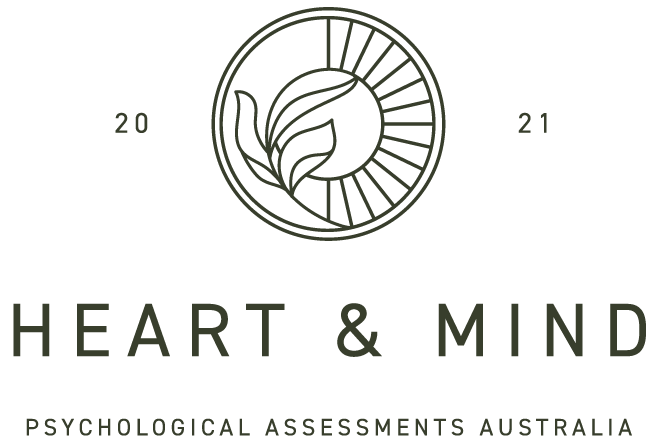Supporting your PDA’er Child or Adolescent
What is PDA?
PDA is traditionally referred to as ‘Pathological Demand Avoidance’. However, more and more neurodiversity-affirming practitioners prefer the term ‘Persistent Drive for Autonomy’. PDA is a profile of Autism, and is characterised by an intense fear response prompted by perceived limits to autonomy and control.
PDA’ers tend to have highly sensitive neuroception, which means they are hypervigilant to perceived threats in the environment. Limits to autonomy and control are perceived by PDA’ers as threats, and can trigger a ‘fight, flight, freeze, flop or fawn’ response (‘5 Fs’).
Demands are one of the most common limits to autonomy experienced by children and adolescents. Consider how many demands a young person encounters in an average day. Before leaving for school, your child probably faces a series of direct and indirect demands. Wake up, get out of bed, get dressed, eat breakfast, brush teeth – just to name a few. Although it is not uncommon for young people to resist demands, PDA’ers experience this much more intensely. Many PDA’ers will even experience distress in response to tasks and activities they would really like to do.
It can be helpful to think about different types of day-to-day demands that may be a trigger for your PDA’er, including:
· Direct requests or instructions from others. For example, ‘put your shoes on’, ‘sit at the table’, ‘eat your dinner’.
· Questions and decision making. For example, ‘what did you do at school today?’, ‘what would you like to eat?’, ‘what is your favourite game?’.
· Demands within demands. For example, ‘lets go to the park’ contains a series of implied demands, such as getting dressed, putting shoes on, walking, etc.
· Internal demands. For example, hunger, thirst, needing the bathroom; internal expectations, ‘shoulds’, or wants.
How PDA’ers respond to demands can vary, depending on how well other self-regulation needs are met (e.g., social, sensory). Distress responses in PDA’ers can range from using distractions, excuses, and procrastination, through to shutdowns and meltdowns. At either end, it is essential to recognise that your PDA’er is not in control of their behaviour, as they are experiencing an automatic stress response.
How Can I Help My PDA’er at Home?
Parenting approaches for supporting PDA’ers can differ from many of the strategies recommended for Autistic children and adolescents. For example, establishing clear and consistent boundaries, structure and routine can be ineffective – and even counterproductive – for PDA’ers. Similarly, rewards (including praise) and consequences can escalate distress by creating more demands and expectations.
Developing strategies that work for your PDA’er can take some trial and error. Like many parents of PDA’ers you might find it helpful to try:
· Ensuring needs are met to reduce general distress, such as sensory needs and need for certainty/predictability.
· Reducing demands (e.g., tasks/activities, social demands) and ‘picking your battles’.
· Reducing the perception of demands by reframing language and adjusting tone (e.g., declarative language, indirect prompts).
· Ensuring regular opportunities for autonomy, leadership and independence.
· Recognising the signs of dysregulation and stepping in early (e.g., coregulation).
· Planning ahead (e.g., allowing plenty of time, establishing an ‘exit strategy’) before attempting demand-heavy activities and events.
· Introducing novelty and a sense of humour.
What is 1:1 Support for PDA?
Many PDA’ers benefit from 1:1 therapeutic support. However, traditional therapeutic approaches are not always the best fit for PDA’ers. This is because there are a range of factors that can limit autonomy in the therapy room, such as expectations to speak, answer questions, and complete tasks and activities.
PDA’ers often benefit from a more creative approach. This can include approaching therapy with flexibility and understanding, and spending ample time establishing safety and trust. When working with your child or adolescent, your practitioner may consider:
· Indirect therapeutic approaches, such as non-directive art and play therapy.
· Parent sessions, such as collaborating on strategies for home and school.
· Reducing demands in sessions (e.g., session length, speaking/answering questions).
· Following the young person’s lead and ‘meeting them where they’re at’.
PDA’ers can be some of our most creative, independent, justice-oriented and resourceful young people. Embracing and accepting PDA is essential for developing the tools to cope with day-to-day life.
For more information about supporting your PDA’er, please feel free to submit an enquiry on our website, or contact us at hello@heartandmindpsychology.org.
